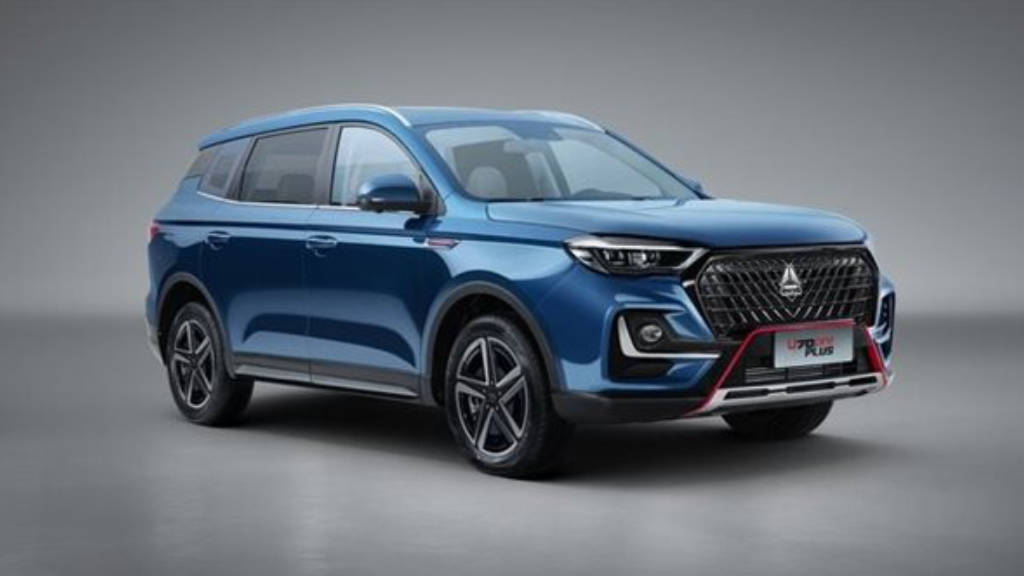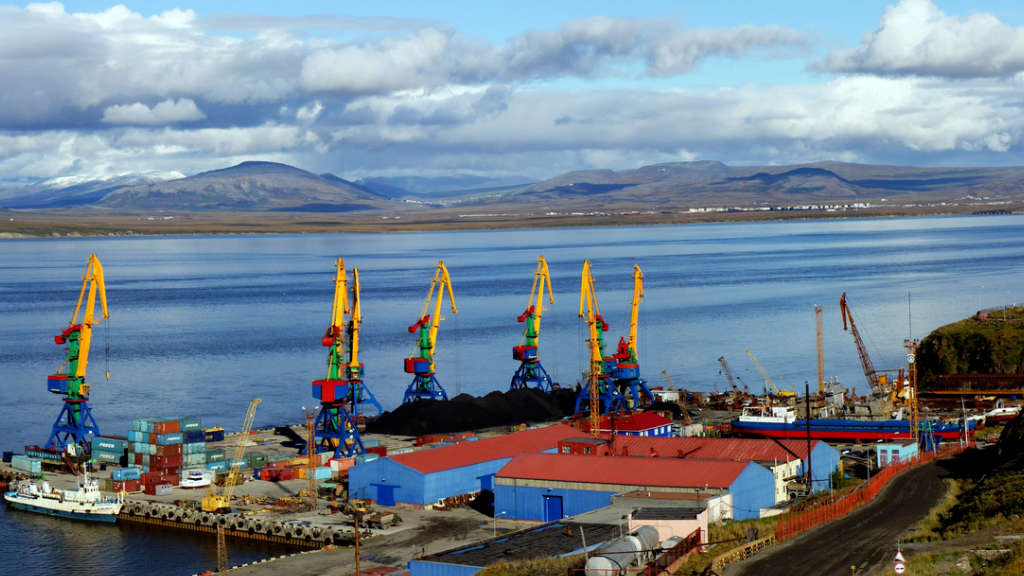The first batch of Belarusian-built VGV SUZ crossover vehicles have been delivered to Russia, representatives of VGV have stated. “The first batch of VGV crossovers has arrived in Russia, the cars have passed customs clearance. This stage was the final one before the mass deliveries of cars to Russia. These VGV crossovers have undergone a large-scale adaptation for the Russian car market.”
The vehicles being delivered are the medium-sized VGV U70 Pro and U75 Plus crossovers, which were full-cycle manufactured at the Belarusian Unison plant.
The arrival on the Russian market is another example as to how Chinese auto manufacturers are entering into the Russian domestic – and related markets – after the withdrawal of most American and European manufacturers. We previously discussed the Chinese takeover of the previous Mercedes-Benz plant here.
As part of the adaptation for the Russian market in the U75 Plus and U70 Pro, among other redesigns, the suspension was recalibrated, the algorithms of the engines and hydromechanical automates were optimised, the media centre was fully Russified, the power units were adapted to AI-92 gasoline, and an expanded winter package was included in the equipment.
The Chinese company VGV, is a division of the manufacturer of Sinotruk trucks and specializes in passenger cars and light commercial vehicles, announcing its entry into the Russian market in December 2023.
The Belarusian Unison Plant was originally a JV between the US Ford Motor Company, the Russian Lada importer Lada-OMC and the Belarusian government, and was established in Apčak, near Minsk in Belarus. Ford had invested US$10 million in building the plant, which at the time was the most expensive Ford investment in Europe at that time. The Joint Venture existed from 1997 until 2000 when Ford exited due to low sales. It has now passed into British-Belarusian ownership and is operated as a vehicle manufacturing and assembly plant, including work with Chinese brands.
Further Reading





